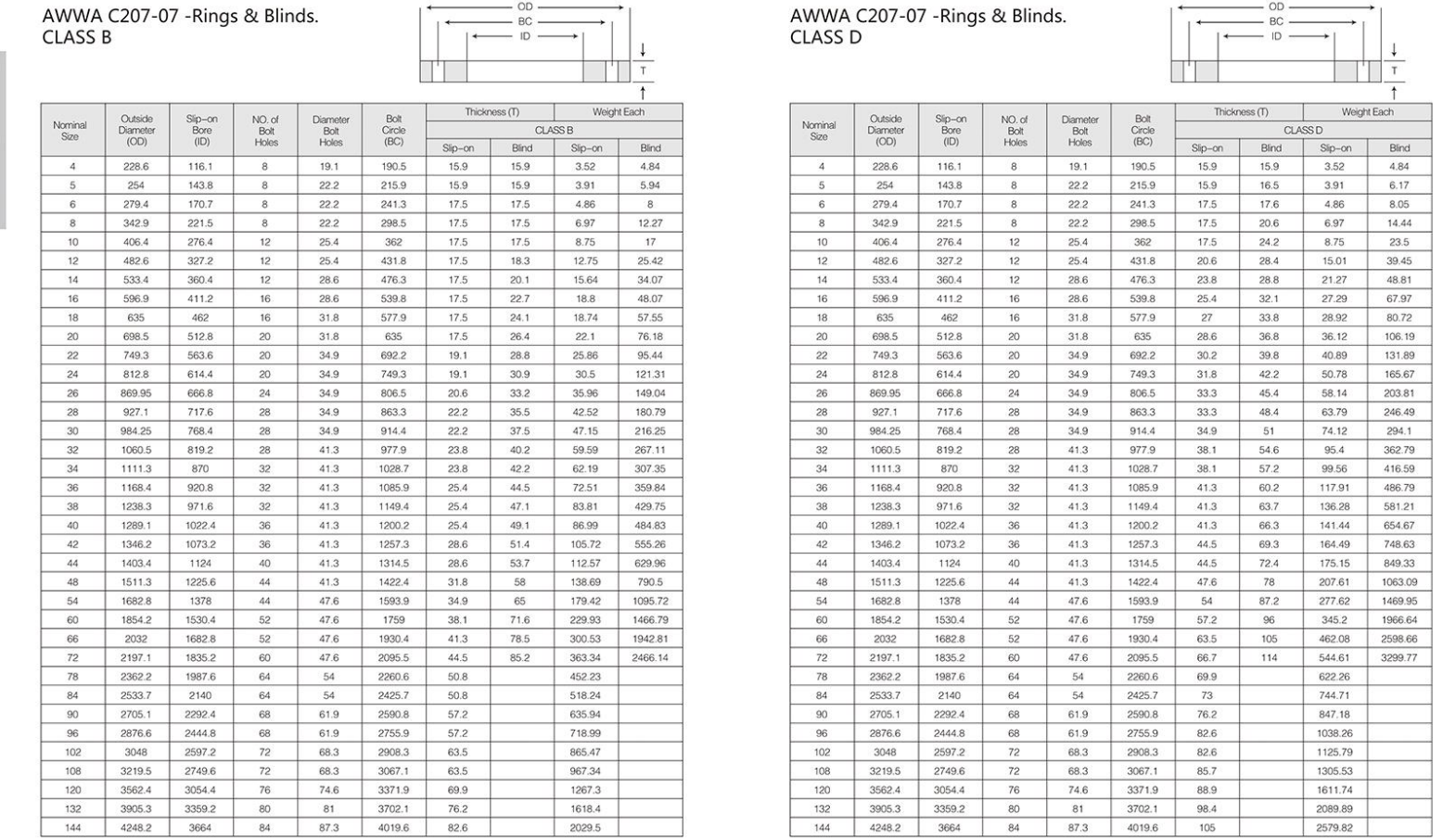-
Cangzhou Yulong Steel Co., Ltd.
-
Phone:
+86 13303177267 -
Email:
admin@ylsteelfittings.com
- English
- Arabic
- Italian
- Spanish
- Portuguese
- German
- kazakh
- Persian
- Greek
- French
- Russian
- Polish
- Thai
- Indonesian
- Vietnamese
- Zulu
- Korean
- Uzbek
- Hindi
- Serbian
- Malay
- Ukrainian
- Gujarati
- Haitian Creole
- hausa
- hawaiian
- Hebrew
- Miao
- Hungarian
- Icelandic
- igbo
- irish
- Japanese
- Javanese
- Kannada
- Khmer
- Rwandese
- Afrikaans
- Albanian
- Amharic
- Armenian
- Azerbaijani
- Basque
- Belarusian
- Bengali
- Bosnian
- Bulgarian
- Catalan
- Cebuano
- China
- China (Taiwan)
- Corsican
- Croatian
- Czech
- Danish
- Esperanto
- Estonian
- Finnish
- Frisian
- Galician
- Georgian
- Kurdish
- Kyrgyz
- Lao
- Latin
- Latvian
- Lithuanian
- Luxembourgish
- Macedonian
- Malgashi
- Malayalam
- Maltese
- Maori
- Marathi
- Mongolian
- Myanmar
- Nepali
- Norwegian
- Norwegian
- Occitan
- Pashto
- Dutch
- Punjabi
- Romanian
- Samoan
- Scottish Gaelic
- Sesotho
- Shona
- Sindhi
- Sinhala
- Slovak
- Slovenian
- Somali
- Sundanese
- Swahili
- Swedish
- Tagalog
- Tajik
- Tamil
- Tatar
- Telugu
- Turkish
- Turkmen
- Urdu
- Uighur
- Welsh
- Bantu
- Yiddish
- Yoruba

Nov . 14, 2024 06:29 Back to list
en 1092 1 dimensions
Exploring the Dimensions of EN 1092-1 A Comprehensive Overview
EN 1092-1 is a vital European standard that specifies the requirements for flanges used in various industrial applications, particularly in pipework systems. Flanges are crucial components that connect pipes, valves, and other equipment, ensuring a leak-proof and secure joint. The dimensions and standards outlined in EN 1092-1 help maintain consistency and compatibility across different manufacturers, which is essential for industrial efficiency and safety.
The Importance of Standardization
Standardization plays a significant role in the manufacturing and construction industries. By adhering to a unified set of dimensions and specifications, companies can avoid costly mistakes and complications. EN 1092-1 provides a framework that helps manufacturers and engineers to produce and implement flanges that fit seamlessly within existing systems. This consistency is particularly important in industries such as oil and gas, water treatment, and chemical processing, where the integrity of the piping system is critical.
Key Dimensions Specified in EN 1092-1
EN 1092-1 outlines various dimensions that are essential for flange design. Typically, the standard covers a range of flange types, including welding neck, slip-on, blind, and threaded flanges, each serving unique functions depending on the application. The dimensions specified include
1. Nominal Diameter (DN) This represents the size of the flange and correlates with the pipe diameter. Understanding the DN is key for ensuring that flanges fit properly with pipes and other fittings. 2. Pressure Class (PN) This indicates the maximum allowable pressure of the flange at a specified temperature. Different industries operate at varying pressure levels, making it crucial to select flanges that can handle the required conditions.
3. Bolt Hole Dimensions The standard also specifies the number and size of bolt holes, ensuring that flanges can be securely connected. Proper bolt hole alignment and sizing prevent leaks and maintain structural integrity.
en 1092 1 dimensions

4. Thickness The thickness of the flange is another important dimension, as it contributes to the flange's strength and pressure handling capability. Thicker flanges are often required in high-pressure applications.
5. Materials While EN 1092-1 focuses primarily on dimensions, it also suggests suitable materials that can withstand specific environmental and operational conditions, ranging from carbon steel to stainless steel.
Applications and Relevance
The dimensions defined in EN 1092-1 are widely applicable in various sectors. In the oil and gas industry, for instance, the standard ensures that all the equipment involved in extraction, refining, and transportation operates safely and efficiently. Similarly, in water treatment facilities, maintaining the right flange dimensions is essential to prevent leaks and ensure a consistent flow of water.
Moreover, the standard is increasingly relevant in the context of sustainability. As industries move toward more environmentally friendly practices, the need for reliable and high-quality components has never been greater. By using flanges that conform to the EN 1092-1 standard, companies can enhance system performance and reduce the potential for failures that could lead to environmental harm.
Conclusion
EN 1092-1 serves as a cornerstone for the design and manufacturing of flanges within various industrial settings. Its detailed specifications regarding dimensions ensure that components fit together correctly, operate safely, and maintain efficiency throughout their lifespan. In an increasingly interconnected world, adherence to such standards is paramount for fostering collaboration across different manufacturers and industries. The dimensions specified by EN 1092-1 not only facilitate improved operational integrity but also contribute to a more sustainable future, reinforcing the importance of standardization in engineering and manufacturing practices. Embracing these standards is essential for ongoing innovation and safety in industrial applications.
Latest news
-
ANSI 150P SS304 SO FLANGE
NewsFeb.14,2025
-
ASTM A333GR6 STEEL PIPE
NewsJan.20,2025
-
ANSI B16.5 WELDING NECK FLANGE
NewsJan.15,2026
-
ANSI B16.5 SLIP-ON FLANGE
NewsApr.19,2024
-
SABS 1123 FLANGE
NewsJan.15,2025
-
DIN86044 PLATE FLANGE
NewsApr.19,2024
-
DIN2527 BLIND FLANGE
NewsApr.12,2024
-
JIS B2311 Butt-Welding Fittings LR/SR 45°/90° /180°Seamless/Weld
NewsApr.23,2024











